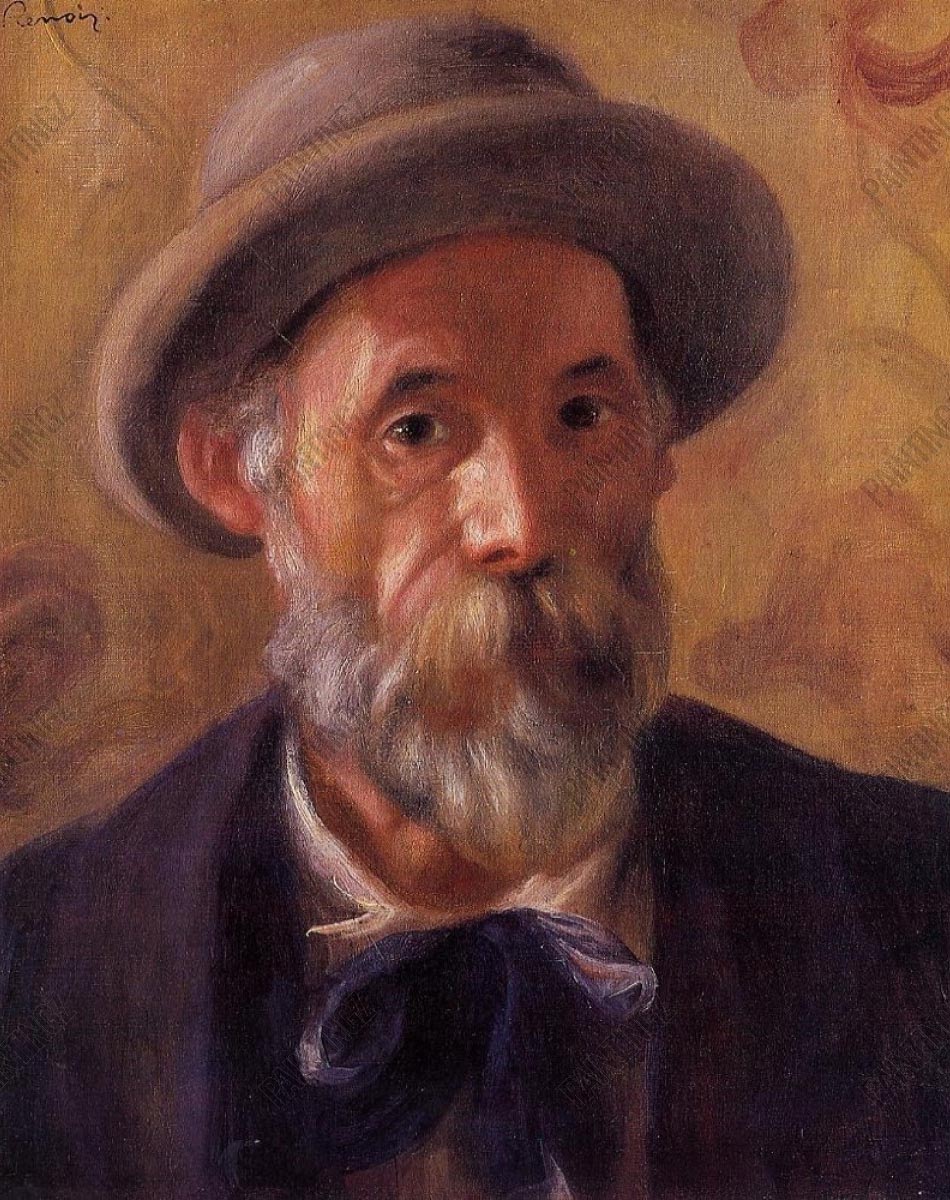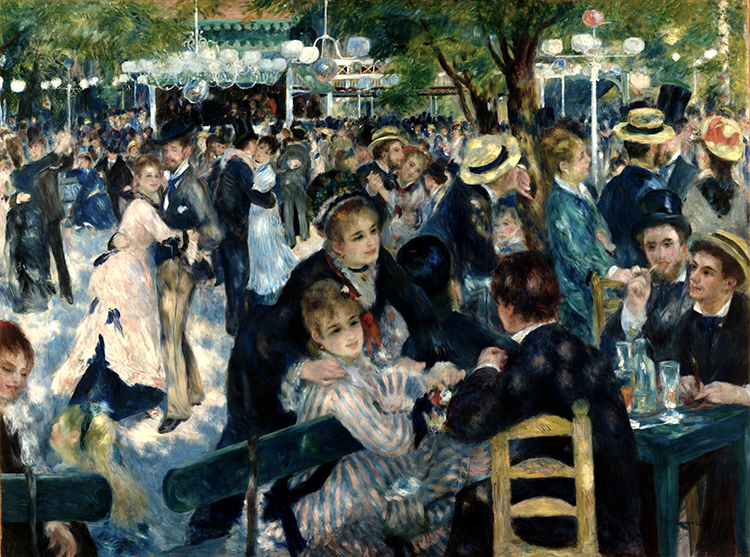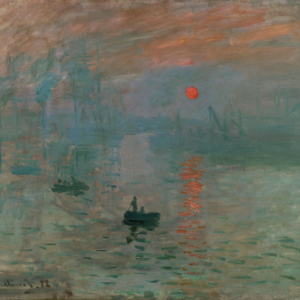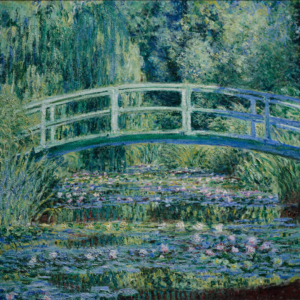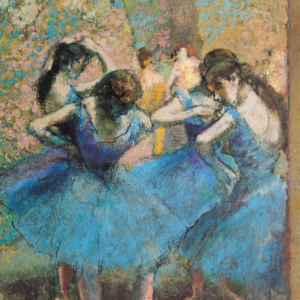Pierre-Auguste Renoir
The works of Renoir are considered among the finest within the school of impressionism. Today they are among the highest priced pieces in the world.
Pierre-Auguste Renoir, today often known as Auguste Renoir or indeed just Renoir, was born in Limoges in France in 1841. While he was still young, the family moved to Paris in search of better prospects and their new home in rue d’Argenteuil in central was located close to the Louvre. A talented singer, Renoir got an apprenticeship at a porcelain factory at Thirteen but it was at the Louvre he sought refuge. As porcelain production was automated, he followed his passion for art, beginning to study under Charles Gleyre in Paris in 1862, where he met Monet, Sisley, Bazille and others.
However, it was not until that first impressionist exhibition more than 10 years later in 1874 that Renoir really started to receive public recognition. Renoir displayed 6 paintings at that first salon. By the end of the 1870s, Renoir had established himself as a successful and fashionable painter.
Among the things that stand out with Renoir is his brush work. He used his brush to delicately apply color to the canvas, with thin visible brush strokes dissolving the clear outlines in favor of free touches of color that allowed his subjects to flow together. He worked outdoor and his works reflected a vibrant use of light and colors. It was indeed in the 1860s working outdoors that he and Monet discovered that shadows were not actually black but rather reflected the colors around them, a practice known as diffuse reflection. Renoir believed that paintings should be fun, beautiful and pleasant to look at. His works most definitely emphasized this as he immortalized many a Parisian scene of joy and revelry, as well as pleasant scenes of peace and of course a number of nudes.
Impressionism
Among the most famous among the many works of Renoir is Dance at Moulin de la Galette (Bal du Moulin de la Galette) which was painted by Renoir in 1876. It depicts a Sunday afternoon at the Moulin de la Galette at Montmartre in Paris where working class Parisians would come to enjoy and be merry. As such, Renoir’s focus on the joy and happiness of the scene is clear.
“The pain passes, but the beauty remains.”
Another famous Renoir is Luncheon of the Boating Party from 1881 which depict a group of Renoir;s friends having lunch on the balcony at Maison Fournaise on the Seine river outside of Paris. Again, we see the merry, happy aspect of painting shine through. Both paintings are also impressionistic classics with delicate brush strokes, color over line, movement and outside subjects engaged in everyday life. These two are probably Renoir’s most famous works, with Moulin de la Galette also among the most expensive paintings in the world, having traded at USD 78.1 million in 1990.
“Why shouldn’t art be pretty? There are enough unpleasant things in the world.“
Throughout his works, including all the examples given, he stayed true to his positive vision of art, of color and of sensuality. This warmth, joy and life in his paintings makes them a pleasure to observe, thus fueling his amazing popularity. A Renoir on the wall help make any room a content place for joyous occasions, just as the artist intended.
In his later years, Renoir contracted arthritis but he continued to paint though with increased difficulties. In 1919, he visited the Louvre to see his own works hanging next to the masters he had admired in his youth. He passed away later that year at his home in the village of Cagnes-sur-Mer

